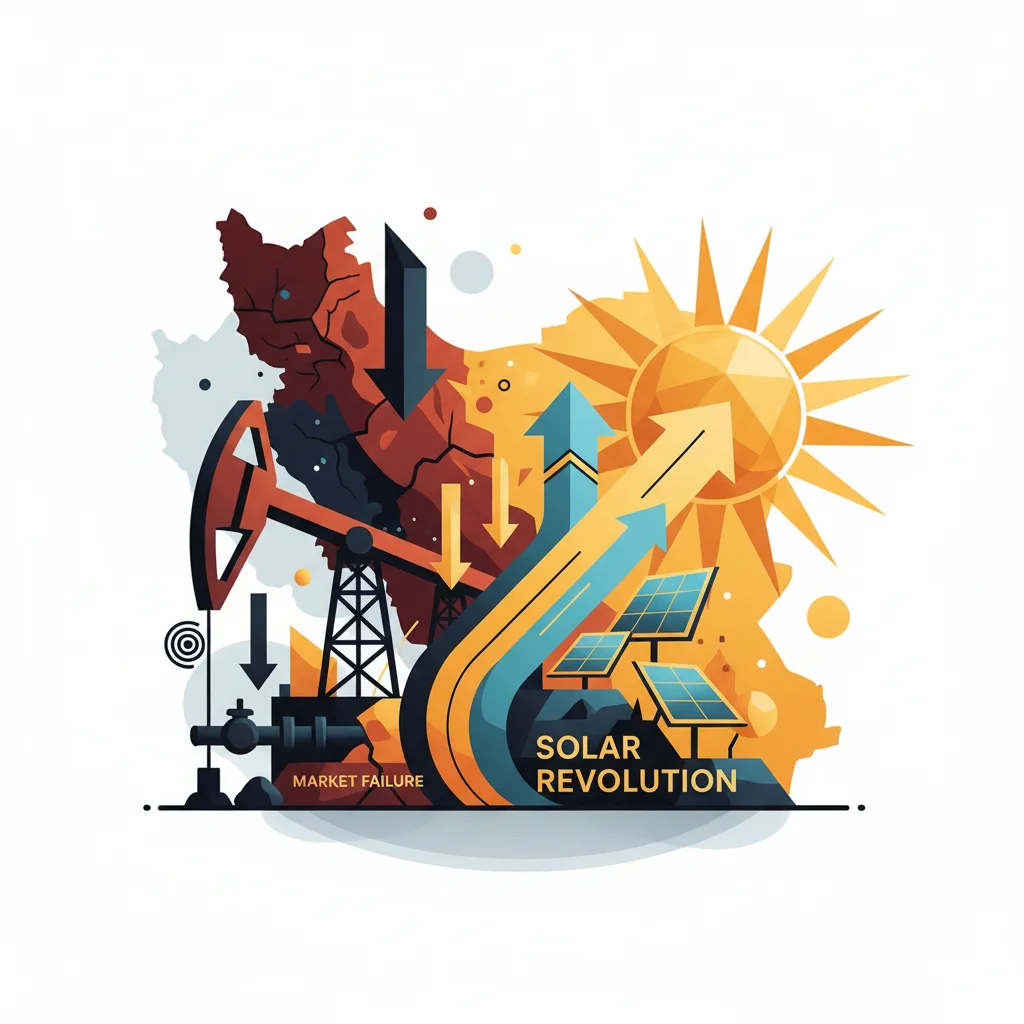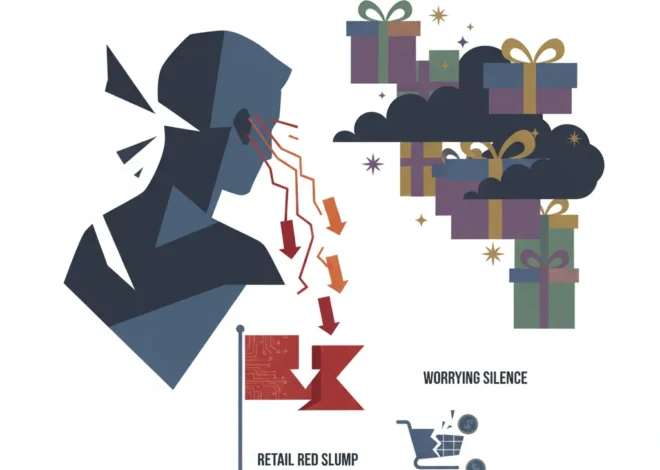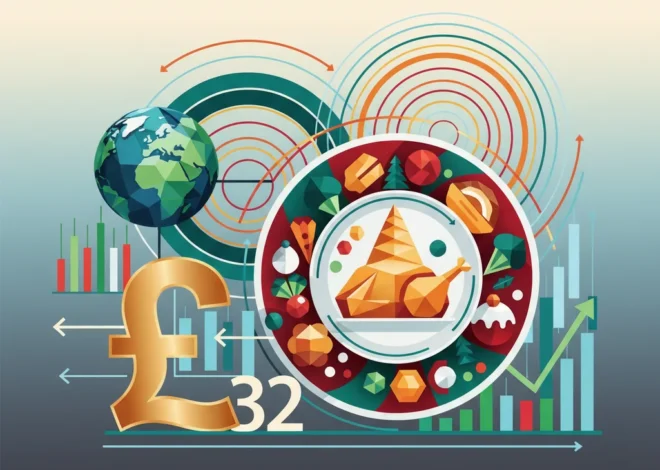
Iran’s Energy Paradox: How an Oil Giant’s Market Failure is Forcing a Solar Revolution
In the world of global finance and economics, paradoxes often reveal the deepest truths about a nation’s economy. Few are more striking than the current situation in Iran: a country sitting on the world’s second-largest natural gas reserves and fourth-largest oil reserves, yet plagued by debilitating power cuts and suffocating pollution. This isn’t just a simple case of mismanagement; it’s a textbook illustration of market failure, where well-intentioned government policies have created a cascade of devastating economic and social consequences.
For investors, business leaders, and financial professionals, Iran’s predicament is more than a distant headline. It’s a powerful case study in the dangers of distorted price signals, the immense cost of negative externalities, and the monumental challenge of transitioning an entire economy away from a subsidized fossil fuel addiction. As Tehran is forced to look to the sun for salvation, the underlying economic lessons are critical for anyone involved in energy, finance, or emerging market investing.
The Anatomy of a Crisis: Subsidies and Distorted Realities
At the heart of Iran’s energy crisis lies a single, powerful policy: massive government subsidies on fuel and electricity. For decades, the Iranian government has kept energy prices artificially low to support its population. While the political goal is understandable, the economic fallout has been catastrophic. In a healthy market, prices are vital signals. They communicate scarcity, guide consumption, and incentivize investment. In Iran, these signals are not just muted; they are entirely broken.
When gasoline and electricity are cheaper than bottled water, consumers have no incentive to conserve. This has led to hyper-consumption, with Iran ranking among the world’s top energy consumers per capita. This artificially induced demand places an unbearable strain on the nation’s energy infrastructure, which has seen little investment precisely because producers—often state-owned entities—cannot cover their costs at the government-mandated prices. The result is a vicious cycle: low prices fuel high demand, which leads to infrastructure decay, resulting in the very blackouts the policy was meant to prevent. This is a classic failure of state-led economic planning, where the absence of market-based pricing cripples the entire sector’s long-term health.
From a finance perspective, this represents a colossal misallocation of capital. Billions of dollars are spent annually to maintain these subsidies, money that could be invested in infrastructure, healthcare, or education. It’s a drain on the national treasury that distorts the entire economy and makes rational financial planning impossible for both the state and private enterprises.
Paying the Hidden Price: The Overwhelming Cost of Negative Externalities
In economics, a “negative externality” is a cost that affects a party who did not choose to incur that cost. Iran’s energy policy has produced negative externalities on an epic scale. The overconsumption of cheap, low-quality fossil fuels has blanketed major cities like Tehran in a toxic smog, leading to severe public health crises. The World Bank has estimated that air pollution costs the Iranian economy billions of dollars annually in healthcare expenses and lost productivity.
The economic consequences are just as severe. Chronic power outages have become a daily reality, crippling businesses, disrupting supply chains, and deterring investment. According to the Financial Times article, the head of Tehran’s chamber of commerce lamented that businesses are forced to shut down for hours each day, a direct blow to an already struggling economy. This unreliability makes it nearly impossible for industries to compete on a global scale and erodes confidence in the country’s stock market and overall investment climate. The banking sector also feels the strain, as non-performing loans rise from businesses unable to operate at full capacity.
To better understand the disconnect between policy goals and real-world outcomes, consider the following breakdown of Iran’s subsidy-driven market failure:
| Policy Component | Intended Goal | Actual Outcome (Market Failure) |
|---|---|---|
| Heavy Fuel & Electricity Subsidies | Make energy affordable for citizens and industry. | Hyper-consumption, rampant smuggling, and a massive drain on the national budget. |
| State-Mandated Price Caps | Protect consumers from price volatility. | Power producers operate at a loss, leading to zero incentive for investment in new capacity or maintenance. |
| State-Controlled Energy Grid | Ensure national energy security and control. | Chronic inefficiency, frequent blackouts, and an inability to reliably pay private power producers. |
| Lack of Environmental Regulation | Prioritize cheap energy production over sustainability. | Severe air and water pollution, creating billions in public health costs and reducing quality of life. |
A Forced Pivot to Solar: A Glimmer of Hope or a Drop in the Ocean?
Faced with this self-inflicted crisis, the Iranian government is turning to an unlikely savior: solar power. The country has ambitious plans to develop 10,000 megawatts of renewable energy capacity, a significant leap for a nation whose energy identity is so deeply tied to oil and gas. The logic is sound. Iran has abundant sunshine, and the falling cost of solar technology makes it an increasingly viable alternative.
However, this transition is fraught with the same economic contradictions that caused the crisis in the first place. Private investors who have ventured into building solar farms face a critical challenge: their primary customer, the state-run utility, is often unable to pay them on time due to its own financial distress. This creates a high-risk environment that deters the very investment the country needs. Without a fundamental reform of the electricity pricing structure, the renewable sector will struggle to attract the necessary capital for large-scale projects.
Furthermore, while 10,000 MW sounds impressive, it must be viewed in the context of the country’s massive energy demand. It represents a step in the right direction, but it is not a silver bullet. A successful transition will require a holistic approach that includes phasing out subsidies, upgrading the national grid to handle intermittent renewable sources, and creating a stable financial framework for investors.
The Perfect Storm: How Political Optimism and Geopolitics Sent Japanese Stocks to Record Highs
Lessons for Investors and Business Leaders
For the global finance community, Iran’s energy crisis offers several crucial takeaways for evaluating emerging markets and energy investments:
- Price is Paramount: Never underestimate the destructive power of distorted price signals. Any market where prices are set by political decree rather than supply and demand is inherently unstable and carries immense hidden risks.
- Beware of Hidden Liabilities: Negative externalities like pollution and infrastructure decay are real economic liabilities, even if they don’t appear on a national balance sheet. They represent a ticking time bomb that can eventually trigger a systemic crisis.
- Geopolitical Risk is an Amplifier: Economic policy mistakes are bad enough on their own. When combined with international sanctions and political isolation, they become exponentially more dangerous, cutting off access to capital, technology, and markets that could otherwise offer a way out.
- The Untapped Potential of Financial Technology: While not a current reality in Iran, one can see how modern financial tools could address these issues in other markets. Imagine a scenario where a transparent `blockchain`-based system is used for energy `trading`, ensuring private producers are paid instantly. Or `fintech` platforms that allow for micro-investing in community solar projects, bypassing inefficient state-owned behemoths. This highlights how `financial technology` can be a powerful force for decentralization and efficiency in broken markets.
The Link Room Strategy: Transforming Corporate Dead Space into High-Value Assets
Conclusion: A Crossroads Between Reform and Ruin
Iran stands at a critical juncture. Its energy crisis is a powerful, real-world demonstration of fundamental economic principles. The path of heavy subsidies and state control has led to a dead end of pollution, blackouts, and economic stagnation. The forced pivot to solar energy is a tacit admission that the old model is broken.
The ultimate question is whether this pivot will be accompanied by the deep, painful structural reforms needed to fix the root cause. Removing subsidies, liberalizing the energy market, and creating a stable environment for private investing are essential steps. Without them, even the most ambitious solar projects will be built on a foundation of sand. For the rest of the world, Iran’s struggle is a stark reminder that even the most resource-rich nations are not immune to the laws of economics. The failure to heed market signals is a debt that, sooner or later, must be paid.


